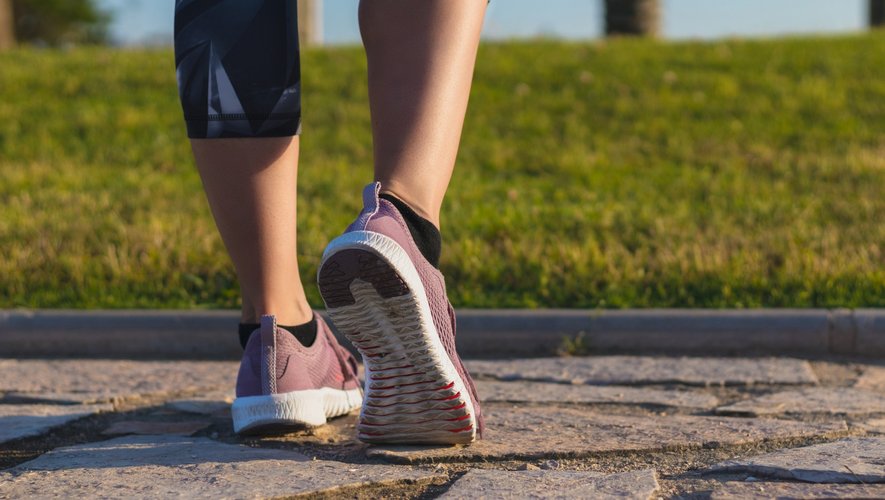Food, contact or even respiratory, allergies are multiple and increasingly frequent. But do you know about exercise-induced anaphylaxis? This rare allergy remains largely unknown. However, it can be serious. What do we know about this stress response?
Anaphylaxis is the most severe manifestation of allergy. This generalized reaction is due to “an inappropriate activation of cells of the immune system (…) causing (…) a massive release of histamine, the molecule at the origin of the symptoms”, describes Inserm. Which symptoms can take different forms such as rapid swelling of the skin and mucous membranes in the head and neck in the case of angioedema or the inability to breathe in that of an asthma attack or acute circulatory failure induced by anaphylactic shock.
Exposure to an allergen is the most common cause of anaphylaxis. However, a surprising and infrequent form of anaphylaxis is triggered by… physical exercise. This represents “about 5% to 15% of all reported episodes of anaphylaxis”specifies the Association Allergies Québec.
Under what conditions does this reaction occur?
Exercise-induced anaphylaxis (EIA) occurs “there most of the time during intense physical exercise such as running or aerobics”, indicates the association. Even if “Cases have been reported in individuals who practiced low-intensity activities: they walked or gardened”.
What are the symptoms ?
“Among the characteristic symptoms ofexercise-induced anaphylaxiswe find for example breathing difficulties, abdominal cramps, vomiting, hives, a drop in blood pressure “, describes the association. To note that “The reaction tends to occur 30 minutes after the start of the exercise, although it can appear at any time during the exercise session and up to a few hours afterwards.”
What are the causes ?
There is no certainty about the causes of EIA. But scientists are advancing several hypotheses. Among them, “ it could be that physical activity changes the permeability of the intestine, allowing (a) food allergen to circulate more quickly in the body”, when a food is involved, according to the Quebec association. This is the case in 30% to 50% of AIE cases. This is called food anaphylaxis on exertion. Most of the time, the individual concerned “consumes a specific food before his exercise session, food for which he is not allergic” before developing anaphylaxis.
Who is at risk?
“The data show that this type of anaphylaxis often appears in atopic individuals (predisposition to develop an allergy, editor’s note)”, notes Allergies Quebec. “Also, EIA could be hereditary in some cases.”
If you witness symptoms suggestive of an EIA, dial 15 or 112, as this is a life-threatening emergency

